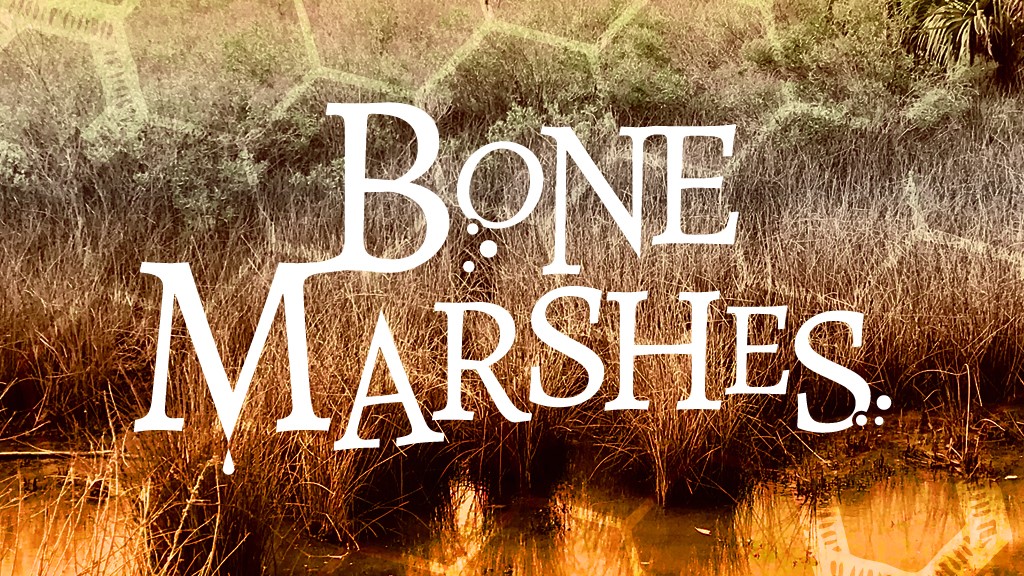Bone Marshes Workshop II

Last week’s workshop was really helpful for me. It allowed me to focus on specific improvements I want to make to Bone Marshes, rather than succombing to general laziness and ennui.
Let’s do some more! Part 2 will continue below.
What is Tested? Permalink
Arnold Kemp of Goblinpunch wrote an article about testing the players.
Before I started playing some OSR games it was easy for me to see dungeons as cruel murder-boxes that sadistic GMs would force their players through. But I’ve since changed my opinions.
One of the key parts of an OSR adventure is challenge and tests.
“If you write a test that everyone succeeds at, you are merely writing a dungeon tour…If you write a test that everyone fails at, you are merely writing a doom cave.”
I’ve had fun with both ends of the spectrum, but I want Bone Marshes to lie somewhere in the middle.
So what does Bone Marshes test?

Navigation and Mapping Challenges Permalink
My goal with Bone Marshes is to test the players Navigation and Mapping skills.
- How well can they keep track of their location and where they have been?
- Can they adapt to changing environments and schedules?
- Will they navigate their way back?
- Can they distill their experiences and give directions to others?
I drive home this focus by providing detailed maps and schedules to the GM, and giving players blank maps to start their own notes. Many places change and shift the more they are visited. Most of the work on the adventure has gone into making this easy for the GM to run, and difficult for the players to track.
The article also covers “Narrow vs Broad” tests. Broad tests have multiple solutions, and can be approached in many different ways. A dragon guarding a treasure hoard is a good example; combat, negotiation, destraction, deception, etc.
Narrow tests only have a few possible ways to succeed. These should be avoided if at all possible.
The first part of the Marshes is an above-ground exploration and mapping adventure. This is pretty open-ended and offers several safe paths that can be discovered.
The second part of the adventure is a a series of interconnected chambers that flood with the tides. This is a bit more constrained since the group must recover items from every chamber. Maybe it would be more interesting if only a FEW items were required? So they can just get the 2-3 that they need, rather than having to exhaust all 4 chambers?
That would make Part II a lot less narrow of a challenge. I’ll see if I can tweak it.
Riddles Permalink
I hate riddles. Don’t have any in Bone Marshes.
Hidden Rooms Permalink
As a designer it is EXTREMELY tempting to create dungeons and adventures where the players will see everything. After all, why make stuff they will miss?
But a huge part of the OSR mindset is one of exploration. How sad would it be to create an adventure supposedly about exploration and then not include hidden areas?!
I need to review the Bone Marshes areas and ensure that treasure and challenge are hidden off the beaten path. I know I reward mapping, but do I reward exploration well enough?
Fail State? Permalink
In order for it to be a test, it must have a fail state.
The Bone Marshes doesn’t really have one right now. I keep combat light and traps rare. There are lots of places to go, and little stories to get involved in.
But right now there isn’t really a way for players to fail.
Perhaps a time limit would be a good idea? Something like “in 2 weeks the marshes burn away completely”? Would that add to the drama and need of the adventure? Or would it just discourage PCs from exploring?
What do you think?